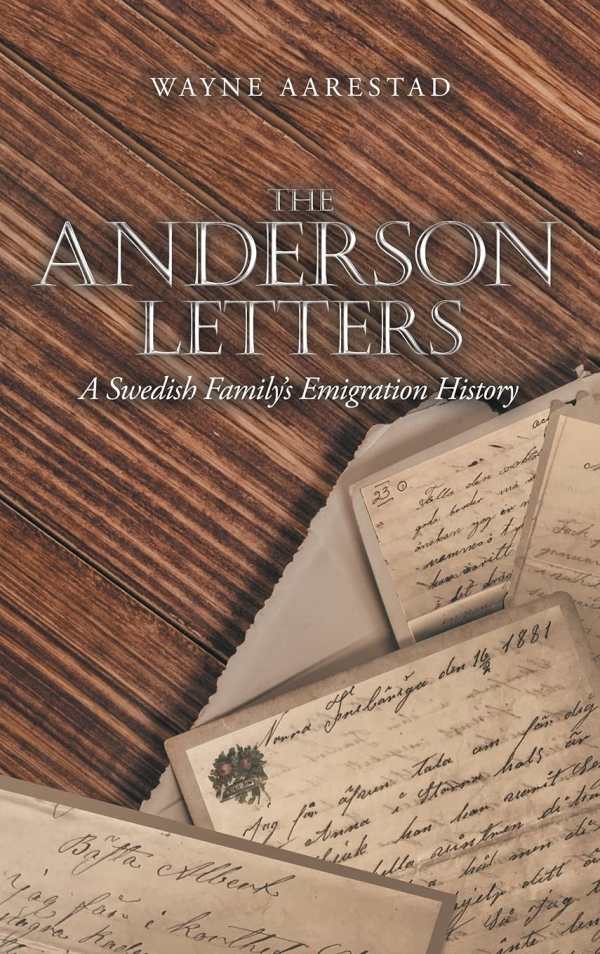The Anderson Letters
A Swedish Family's Emigration History
The Anderson Letters compiles intriguing missives sent between a Swedish family and the first of their kin to emigrate from their home.
Composed of letters between its members, Wayne Aarestad’s family biography The Anderson Letters covers a Swedish family’s story of emigration.
In 1880, Franz Albert Anderson left behind the small farming community of his youth to immigrate to the United States. The second child and oldest son of a poor family, he joined thousands of other Swedish citizens who could no longer afford the rising taxes and living expenses of his home. In less than a decade, he was joined by his three younger siblings, his parents, and assorted uncles and cousins. Within a few years, Albert and several other of his family members were landowners.
Though Albert is the book’s focus, few of the letters included in the collection were written by him; rather, most of them are addressed to him. Regardless, his presence looms over the entire book: without him, it becomes doubtful whether anybody else in his family would have made the long voyage from Sweden to the United States. His personality also comes through in his correspondents’ words: in their replies to his advice, expressions of gratitude to him, and entreaties for favors, all of which convey that he was a determined young man who valued faith and family.
The letters also provide engaging, clear glimpses into the lives and characters of the other members of his family: his parents express distaste for each other, while his older sister Emelia—the only one who remained in Sweden with her husband and children—sounds continually busy. Albert’s younger sister Amanda evinces a taste for independence and adventure, while his younger brothers are taciturn, often writing to communicate specific requests.
Family tensions and camaraderie are a through-line of the letters, which are full of insider’s knowledge. Albert’s family comes to reflect a general immigrant’s family: there’s a sometimes-rude uncle who tells Albert not to mind his honesty because that’s just who he is, and a sister who asserts that she doesn’t mind if her boyfriend doesn’t follow her to the US, because she can easily find a new one. The time period, too, is well-reflected in mentions of social issues, including mass migration, the struggles for the working class in Sweden, and the difficulties that immigrants faced in the United States. The world stage is referenced in more oblique terms, as with a nod to World War I.
Maps and photographs are included to complement the images evoked in the letters, while the book’s footnotes and appendixes help when it comes to understanding obscure or dated terms. The result is a rounded, personalized contribution to the history of migration in the 1880s.
The Anderson Letters compiles missives sent between a Swedish family and the first of their kin to emigrate from their home.
Reviewed by
Carolina Ciucci
Disclosure: This article is not an endorsement, but a review. The publisher of this book provided free copies of the book and paid a small fee to have their book reviewed by a professional reviewer. Foreword Reviews and Clarion Reviews make no guarantee that the publisher will receive a positive review. Foreword Magazine, Inc. is disclosing this in accordance with the Federal Trade Commission’s 16 CFR, Part 255.

